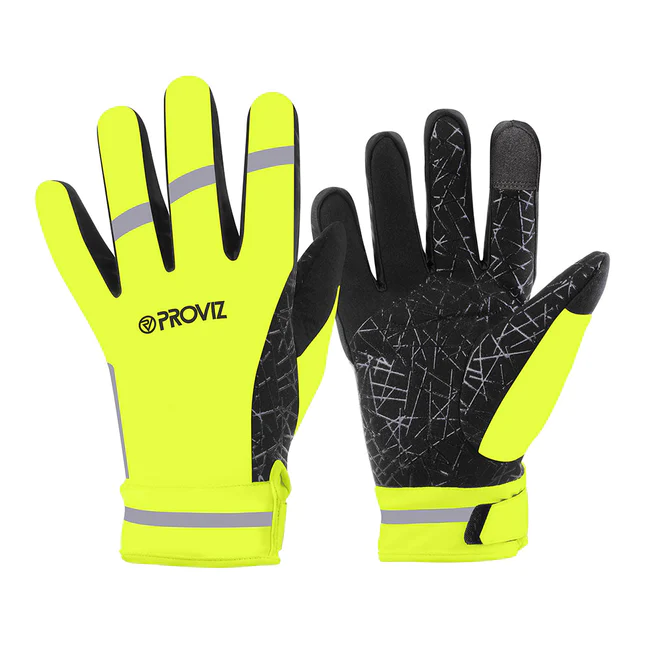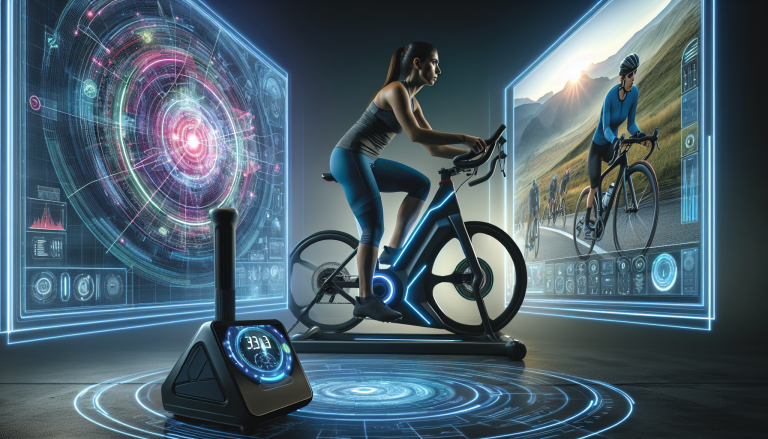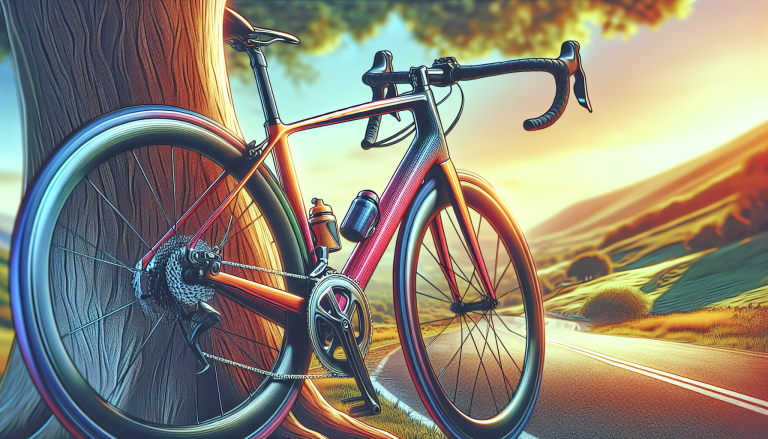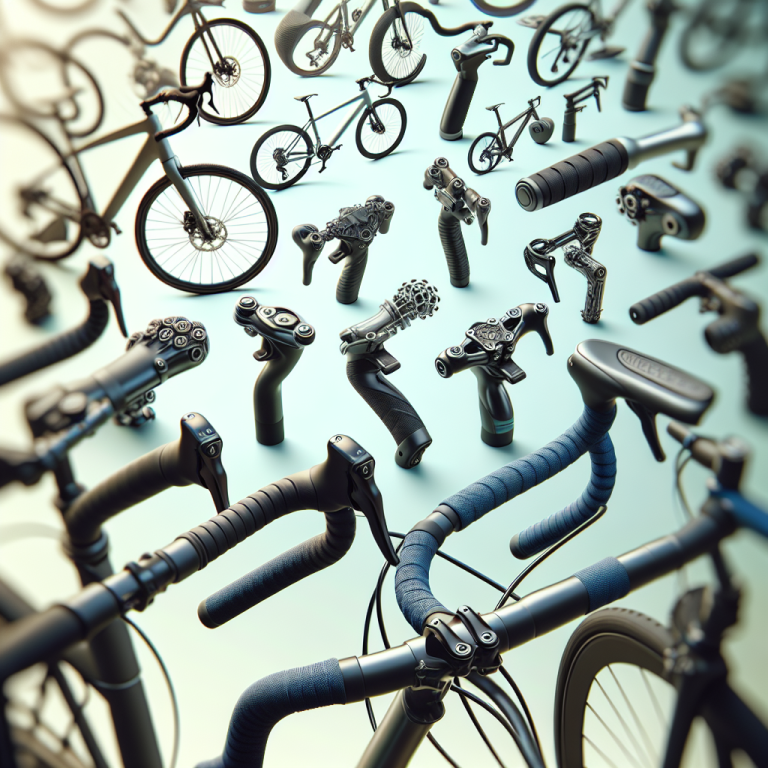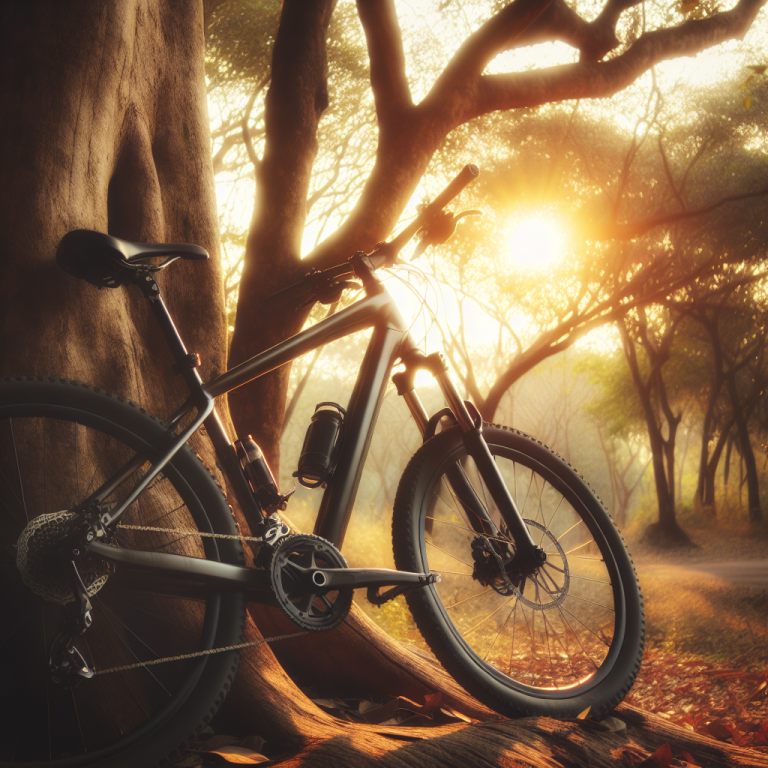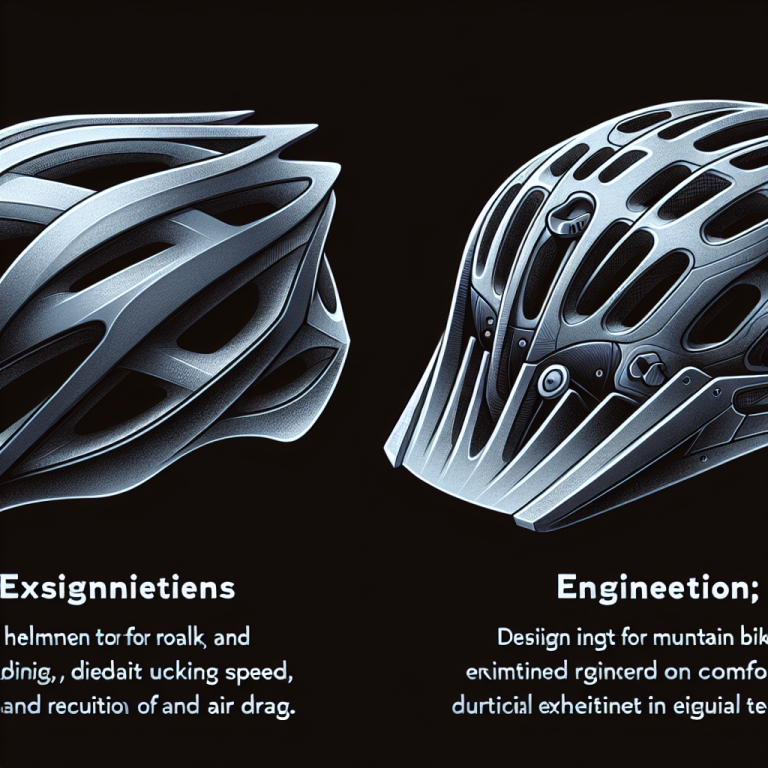Cycling is a thrilling and eco-friendly way to stay active and commute, but it’s crucial to prioritize your safety while on the road. In this article, we will explore some essential tips and techniques that can help you stay safe while cycling, ensuring an enjoyable and accident-free experience. From wearing appropriate protective gear to following traffic rules diligently, these simple practices can make a world of difference in safeguarding your well-being and bringing peace of mind during your cycling adventures. Cycling is a fantastic way to stay active and enjoy the great outdoors. Whether you’re a seasoned cyclist or just starting out, it’s important to prioritize safety. By following a few simple guidelines and taking the necessary precautions, you can ensure a safe and enjoyable cycling experience. In this article, we will explore various tips and strategies to help you ride your bike safely.
Table of Contents
ToggleWear Protective Gear
Helmet
The most important piece of protective gear for cyclists is a helmet. A proper-fitting helmet can greatly reduce the risk of head injuries in the event of a fall or collision. When selecting a helmet, make sure it meets safety standards and fits snugly on your head. Remember to fasten the chinstrap securely to keep the helmet in place. Always wear your helmet whenever you ride – no matter how short the distance may be.
Reflective Clothing
To enhance your visibility to other road users, consider wearing reflective clothing while cycling. Reflective materials can help drivers spot you more easily, especially in low light conditions or bad weather. Invest in a reflective vest, jacket, or armbands to increase your visibility from all angles. By making yourself more noticeable to drivers, you can greatly reduce the risk of accidents.
Gloves
Wearing gloves while cycling not only provides comfort but also offers protection. In the event of a fall, gloves can help prevent injuries to your hands and palms. Look for gloves specifically designed for cycling, as they often have padded palms to reduce the impact of vibrations and shocks from the road. Additionally, gloves provide a better grip on the handlebars, enhancing your control over the bike.
Eye Protection
Protecting your eyes is essential while cycling, especially when riding at high speeds. Dust, debris, and bugs can cause eye irritation and potentially lead to accidents. Invest in a pair of cycling glasses or sunglasses with shatterproof lenses to shield your eyes from harmful UV rays and flying objects. Not only will eye protection keep your vision clear, but it will also add an extra layer of safety to your rides.
Ensure Your Bicycle is in Good Condition
Regular Maintenance
Before every ride, take a few minutes to inspect your bicycle and perform basic maintenance tasks. Check the tire pressure, ensure the brakes are working properly, and lubricate the chain if needed. Regular maintenance will prevent unexpected mechanical issues that could compromise your safety while on the road. If you’re unsure about how to maintain your bike, consult a professional or consider attending a cycling maintenance workshop.
Check Brakes
Properly functioning brakes are crucial for your safety while cycling. Before you start riding, test your brakes to ensure they respond quickly and effectively. Squeeze both the front and rear brakes to check for any unusual sounds or resistance. If your brakes feel weak or make strange noises, have them inspected and repaired by a qualified bike mechanic. Remember, well-maintained brakes can make all the difference in avoiding accidents.
Inspect Tires
Your tires are the only point of contact between your bike and the road, so it’s important to keep them in good condition. Regularly inspect your tires for signs of wear, such as cracks, bulges, or worn-out treads. Check the tire pressure using a gauge and inflate them to the recommended level. Riding with properly inflated tires improves your bike’s handling and minimizes the risk of punctures or blowouts.
Adjust Seat and Handlebars
For a comfortable and safe ride, ensure that your seat and handlebars are properly adjusted. The seat should be at a height where your feet can touch the ground when you’re seated on the saddle. There should be a slight bend in your knees when the pedal is at its lowest point. Adjust the handlebars to a position that allows you to maintain an upright and relaxed riding posture. An improper bike fit can lead to discomfort, muscle strain, and loss of control, so take the time to make these adjustments.
Follow Traffic Laws and Signals
Observe Traffic Signals
When riding your bicycle on the road, it’s important to follow the same traffic laws and signals as motorists. Observe traffic lights, stop signs, and yield signs, just as you would when driving a car. Respect the right-of-way of other road users, and avoid running red lights or stop signs. By adhering to traffic laws, you’ll contribute to a safer road environment for everyone.
Use Hand Signals
Hand signals are an essential way for cyclists to communicate their intentions to drivers and other road users. Before making any turns or changing lanes, clearly signal your intentions using hand signals. Extend your left arm to the left to indicate a left turn, lower your left arm to the side to signal a stop, and extend your right arm to the right to indicate a right turn. Using hand signals improves visibility and helps drivers anticipate your movements.
Yield to Pedestrians
Pedestrians always have the right-of-way, so it’s important to yield to them when necessary. Slow down and give pedestrians ample space when passing them on shared paths or sidewalks. When crossing a crosswalk, dismount your bicycle and walk it across to ensure the safety of pedestrians. Remember, respecting pedestrians not only promotes safety but also contributes to a positive relationship between cyclists and pedestrians.
Obey Speed Limits
Speeding on your bike can be dangerous and increase the risk of accidents. Pay attention to posted speed limits and adjust your cycling speed accordingly. Keep in mind that your speed should be appropriate for the road conditions and the presence of other road users. Slowing down when necessary allows you to react quickly to any unexpected situations and helps maintain a safe environment for everyone on the road.
Choose Safe Cycling Routes
Avoid Busy Roads
When planning your cycling routes, try to avoid busy roads with heavy traffic whenever possible. Busy roads can be intimidating and increase the risk of accidents. Look for alternative routes that are quieter and have less traffic. Not only will these routes provide a more pleasant cycling experience, but they will also reduce your exposure to potential hazards.
Use Dedicated Bike Lanes
Where available, take advantage of dedicated bike lanes. Bike lanes provide a designated space for cyclists, separate from motor traffic. They offer a higher level of safety and reduce the chances of conflicts with vehicles. When using bike lanes, be sure to stay within the designated area and respect any bike lane-specific rules or signals. Remember to stay vigilant and always be aware of your surroundings, even in a dedicated bike lane.
Explore Bike Paths and Trails
Bike paths and trails are a great option for safe and scenic cycling. These off-road routes provide a peaceful environment away from traffic, allowing you to enjoy nature while riding your bike. Research local parks or recreational areas that offer bike paths and trails. Make sure to follow any park rules and regulations and be considerate of other path users, such as pedestrians or fellow cyclists.
Plan in Advance
Before heading out on a ride, take the time to plan your route in advance. Use maps, GPS devices, or cycling apps to find the best and safest routes available. Pay attention to any road construction or other hazards that might affect your chosen route. Planning ahead allows you to avoid unexpected obstacles and ensure a smooth and safe journey.
Be Visible to Others
Use Lights and Reflectors
Using lights and reflectors is crucial for visibility, especially when cycling at dusk, dawn, or during nighttime. Mount a white headlight on the front of your bike and a red taillight on the back. These lights will make you more visible to drivers approaching from the front or the rear. Additionally, attach reflectors to your bike pedals, wheels, and clothing to further increase your visibility. Check the batteries regularly and carry spares, so you’re always equipped with functioning lights.
Wear Bright Colors
A simple way to enhance your visibility while cycling is by wearing bright or fluorescent colors. These colors stand out in any environment and make it easier for drivers to spot you. Choose jerseys, jackets, or vests in bright colors such as yellow, orange, or neon green. Pair your bright clothing with reflective accessories to maximize your visibility, even in low-light conditions.
Make Eye Contact
Eye contact is a powerful way to communicate with other road users and ensure they are aware of your presence. When approaching an intersection, make eye contact with drivers to ensure they see you and understand your intentions. This simple gesture helps to establish a connection between you and the motorists, increasing mutual awareness and reducing the risk of accidents.
Avoid Blind Spots
It’s important to be mindful of blind spots when sharing the road with larger vehicles. Trucks, buses, and cars have larger blind spots where they may not be able to see you. Try to stay out of these blind spots by positioning yourself where you are visible in their mirrors. If you can’t see the driver’s face in their side mirror, chances are they can’t see you. By avoiding blind spots, you’ll reduce the likelihood of collisions with larger vehicles.
Ride Defensively
Stay Alert and Focused
Maintaining a high level of alertness and focus is crucial to your safety while cycling. Pay attention to your surroundings, scanning for potential hazards such as potholes, debris, or parked cars. Avoid distractions such as listening to music or using your phone while riding. By staying alert, you’ll be able to react quickly to any unexpected situations and maintain control over your bike.
Anticipate Hazards
Anticipating hazards is an important skill for defensive cycling. Look ahead and identify any potential dangers such as intersections, parked cars, or pedestrians. Slow down and be prepared to take evasive action if necessary. By anticipating hazards, you’ll be able to assess and respond to them effectively, reducing the risk of accidents.
Be Mindful of Distracted Drivers
Distracted driving is a common problem on the roads, and cyclists are vulnerable to its consequences. Be on the lookout for drivers who may be distracted by their phones, eating, or engaging in other distracting activities. Maintain a safe distance from these drivers and be prepared for sudden lane changes or erratic behavior. If you suspect a driver is distracted, give them a wide berth and ensure your own safety.
Maintain Safe Distance
Maintaining a safe distance from other vehicles is essential for your safety. Leave enough space between your bike and cars, especially when riding near or alongside them. A safe distance provides a buffer zone that allows you to react to sudden changes in traffic or avoid collisions. Remember, it’s better to be cautious and maintain distance than to risk a potential accident.
Communicate with Others
Signal Your Intentions
Clear communication is key to sharing the road safely. Use hand signals to indicate your intentions to other road users. Extend your arm to the left, right, or down to signal your intended actions of turning or stopping. Give drivers and pedestrians ample time to recognize your signals and adjust their behavior accordingly. By communicating your intentions, you’ll reduce confusion and promote a safer cycling experience.
Make Verbal or Visual Cues
In addition to hand signals, verbal or visual cues can also be used to communicate with others on the road. If necessary, make eye contact with drivers to ensure they are aware of your presence before proceeding. Use your voice to indicate your intentions or to warn others of potential hazards. For example, calling out “passing on your left” when overtaking a slower cyclist or pedestrian can help prevent accidents.
Interact with Motorists
Interacting with motorists in a friendly and respectful manner can contribute to a positive and safe cycling experience. When possible, make eye contact and acknowledge drivers who yield to you or otherwise show courtesy on the road. A simple wave or nod can go a long way in establishing a positive rapport with motorists. By fostering a culture of mutual respect, we can all contribute to safer roads for everyone.
Communicate with Fellow Cyclists
If you’re cycling in a group or alongside other cyclists, effective communication is essential. Alert your fellow riders to any hazards or changes in direction by using hand signals or verbal cues. Maintain a safe distance between riders and avoid sudden movements that could result in collisions. By communicating with fellow cyclists, you’ll enhance the overall safety of your group and ensure an enjoyable ride for everyone.
Be Aware of Surroundings
Scan the Environment
Constantly scanning your surroundings is crucial for maintaining situational awareness while cycling. Pay attention to what’s happening ahead, behind, and to the sides of you. Look for potential hazards, such as oncoming traffic, pedestrians, or road obstructions. By regularly scanning the environment, you’ll be able to anticipate and react to potential dangers effectively.
Watch for Turning Vehicles
One of the most common types of accidents involving cyclists occurs when a vehicle turns in front of them. Be cautious when approaching intersections or driveways, especially if a vehicle is waiting to turn. Watch for turning signals or indications that a driver might be preparing to turn. Adjust your speed and position yourself to ensure you’re visible to the turning vehicles. By being vigilant, you’ll minimize the risk of collisions with turning vehicles.
Beware of Open Car Doors
A common hazard for cyclists is the sudden opening of car doors on parked vehicles. When riding alongside parked cars, be aware of the potential for doors to open unexpectedly. Leave enough space between yourself and parked cars to provide a buffer zone. Keep an eye on the rearview mirrors of parked cars to anticipate any door openings. If you see a parked car with someone inside, assume the door may open and be prepared to maneuver safely to avoid a collision.
Be Attentive at Intersections
Intersections can be particularly hazardous for cyclists, as they involve multiple streams of traffic and conflicting movements. Approach intersections with caution and observe the traffic signals and signs. Yield the right-of-way when required and make sure you’re visible to other road users. Be prepared to react quickly and confidently when navigating intersections. By being attentive at intersections, you’ll significantly reduce the risk of accidents.
Stay Updated with Cycling Skills
Take Cycling Education Courses
Cycling education courses are a valuable resource for both beginners and experienced cyclists. These courses provide essential knowledge and skills to enhance your safety on the road. Look for local organizations or bicycle advocacy groups that offer cycling education programs. By taking a course, you’ll become a more confident and informed cyclist, equipped with the tools to navigate diverse road conditions safely.
Practice Bike Handling Skills
Improving your bike handling skills can greatly enhance your safety while cycling. Practice maneuvers such as emergency stops, cornering, and evasive maneuvers in a controlled environment. Find an empty parking lot or quiet road where you can safely practice these skills without the presence of traffic. By honing your bike handling skills, you’ll be better equipped to react to unexpected situations and maintain control over your bike.
Learn Defensive Riding Techniques
Defensive riding techniques are essential for navigating the road safely. Learn strategies to anticipate and respond to potential hazards. Understand how to position yourself on the road to maximize visibility and minimize the risk of accidents. Defensive riding involves staying vigilant, maintaining a safe distance from vehicles, and constantly assessing the road and traffic conditions. By adopting defensive riding techniques, you’ll improve your overall safety and minimize the risk of collisions.
Stay Informed about Cycling Laws
Laws regarding cycling may vary depending on your location, so it’s essential to stay informed about the specific regulations in your area. Familiarize yourself with the laws governing cycling, including traffic rules, helmet requirements, and any local ordinances related to cycling. Understanding and following the relevant laws will help you navigate the roads safely and avoid unnecessary fines or penalties.
Ride with Others
Join Cycling Groups or Clubs
Riding with others can enhance your cycling experience and provide an added layer of safety. Join local cycling groups or clubs to connect with like-minded individuals who share your passion for riding. These groups often organize group rides that foster camaraderie and provide a supportive environment for cyclists of all skill levels. Riding with others allows you to share knowledge, learn from more experienced riders, and benefit from increased visibility on the road.
Cycle with Friends or Family
If joining a cycling group or club isn’t feasible, consider riding with friends or family members. Plan rides together and enjoy the added safety and support of riding in a group. Cycling with others can provide a sense of security and make your rides more enjoyable. Remember to communicate and coordinate with your riding partners to ensure a safe and cohesive riding experience.
Take Part in Organized Rides
Organized rides are a fun way to challenge yourself and explore new routes while surrounded by a supportive community of cyclists. Participate in local charity rides, fundraising events, or organized races in your area. Organized rides often have dedicated routes and support staff to ensure the safety of participants. By taking part in these events, you’ll not only have a memorable cycling experience but also contribute to a good cause.
Utilize Safety in Numbers
There is safety in numbers, especially when it comes to cycling. Riding in a group can make you more visible to other road users and discourage aggressive behavior from motorists. Additionally, a group of cyclists can provide assistance or support in the event of a mechanical issue or other unexpected circumstances. When riding in a group, remember to maintain a staggered formation, communicate effectively, and adhere to all traffic laws.
In conclusion, staying safe while cycling is essential for both your enjoyment and well-being. By wearing protective gear, maintaining your bicycle, following traffic laws, choosing safe cycling routes, and practicing defensive riding, you can greatly reduce the risk of accidents. Communication, situational awareness, and ongoing education are also key to staying safe while cycling. Remember, safety should always be your top priority, so take the necessary precautions and enjoy your rides to the fullest. Happy cycling!

